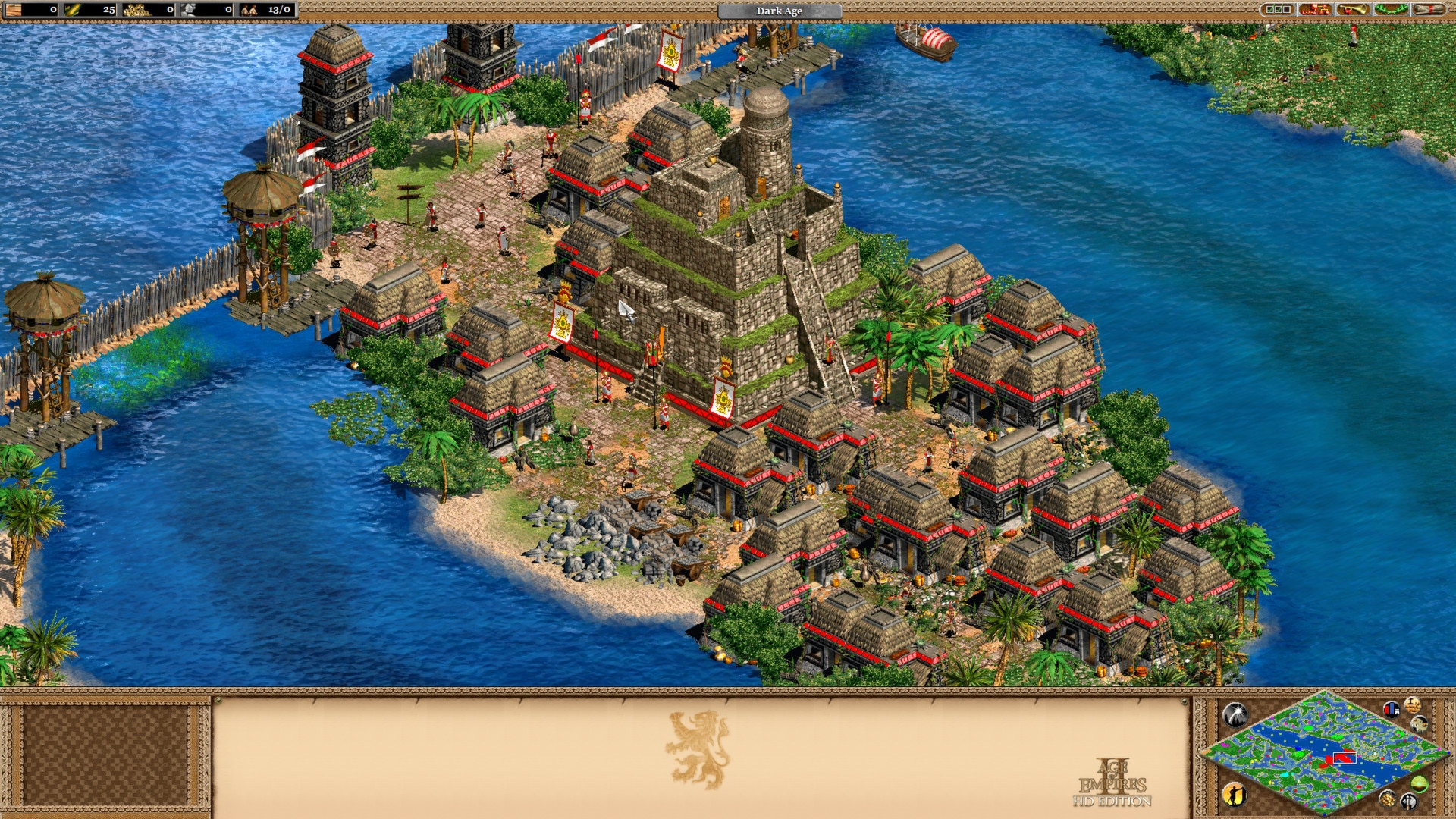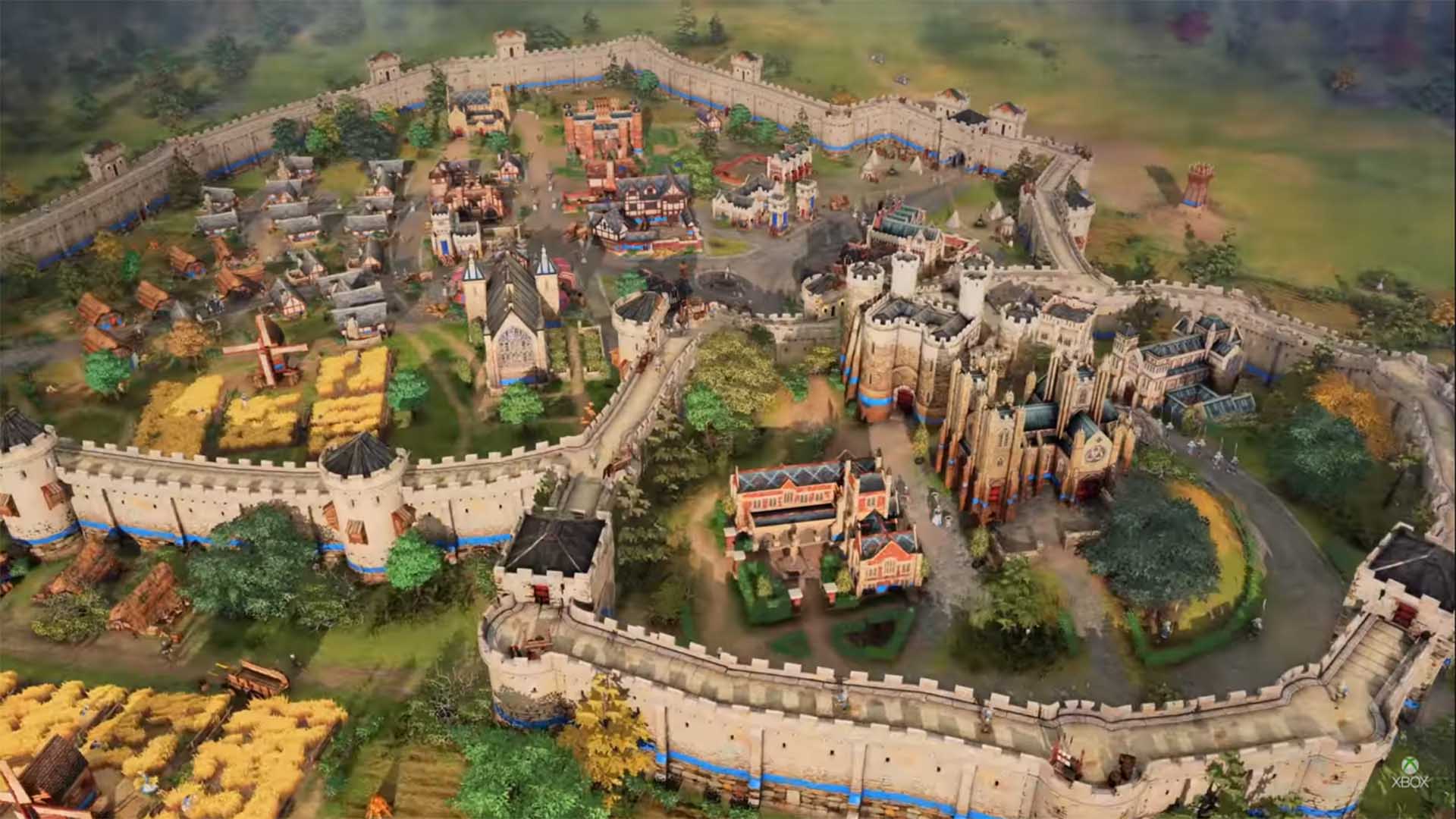

#Age of empires 4 sacred sites free#
This civilization focuses on a strong military backed by War Elephants, free technology research helped by Scholars, and strong defenses via military units that can build Palisades. The Delhi Sultanate is pulled from the time period between 8 CE. A final bonus looks to naval play, with docks receiving a flat 20% bonus speed to all work. The Nest of Bees is another unique unit its explosive siege capabilities can quickly make waste of buildings or grouped enemies. This worker gathers gold from buildings that can collect taxes it can also improve the efficiency of a building if specifically tasked. The Imperial Official is one of the most important unique units available to the Chinese. If you'd like to continue building the unique units granted from those dynasties, you can build the Spirit Way unique building in the third age. One major thing to note is that entering a new dynasty removes the bonuses from the previous dynasty. A relic housed in a Pagoda generates 50 of each resource every 30 seconds, while the Grenadier is considered ranged infantry with an area-of-effect attack. Military units gain 10% extra health, and the Pagoda unique building and Grenadier unique unit become available. The unique Fire Lancer is a cavalry unit that can charge enemies and deal a lot of damage against siege equipment and buildings.įinally, the Ming Dynasty occurs when both Castle Age landmarks are built. The unique Granary building boosts farm harvest speed by 15% and generates tax gold when food is dropped off. Build both landmarks from an Age to enter a new Dynasty.īuilding both Feudal Age landmarks ushers in the Yuan Dynasty, granting Villagers, Officials, and military units an extra 15% movement speed. Unique to the Chinese is also a Zhuge Nu unit with a repeater crossbow that's good against unarmored enemies.Ĭhinese dynasties are not a required part of play, but they do provide you with a set of bonuses that's hard to ignore. However, unlike other civs, Chinese can build both landmarks to enter a different Dynasty.īuilding both Dark Age landmarks enters the Chinese into the Song Dynasty, with 35% faster villager creation as well as a unique Village building that increases the population limit by 40. Chinese players must construct one landmark to move to the next age. This provides Scouts with 30% extra line of sight, crucial in the early game when most of the map is undiscovered. This civ gets a three-star difficulty rating from the devs, meaning it's not exactly recommended for those just starting out with the game.Ĭhinese begin each game in the Tang Dynasty, which is unique to the civ. It focuses on a variety of unique military gunpowder units with free Chemistry tech in the Imperial Age, strong dynastic bonuses through the ages, and steady expansion with 100% faster build times from Villagers for all building save defensive structures (which get a 50% bonus). The Chinese civilization in Age 4 runs from year 907 until 1644 CE. Source: Microsoft (Image credit: Source: Microsoft) The drawback here is the high cost use them wisely in battle. Camel Archers also deal extra damage to spearmen. The Camel Archer and Camel Rider are both highly effective against enemy cavalry, dealing bonus damage in battle. There are two unique units available to the Abbasid Dynasty.

Siege Engineering technology is not required for infantry to create siege rams and towers.Villagers gather from berry bushes 25% faster.The Abbasid Dynasty has a bunch of other unique bonuses as well. And 60 structures improves villager gathering rate by 20%, research speed by 20%, and production speed by 20%. Thirty structures adds 15% villager gathering rate and 15% added research speed. Ten structures within range increases villager production rate by 10%.


The number of buildings within the area of influence - which is expanded with each new building - contributes to a Golden Age. There is also an area of influence around the House of Wisdom, so strategic positioning is recommended.
#Age of empires 4 sacred sites windows#
Source: Windows Central (Image credit: Source: Windows Central)


 0 kommentar(er)
0 kommentar(er)
